
United Nations' World Heritage Committee, during its 37th session held in Cambodia from 16-17 June, decided to include 19 new cultural and natural properties on the prestigious World Heritage List.
Rediff.com takes a look at the new entrants on the World Heritage List.
Hill forts of Rajasthan
The serial site, situated in Rajasthan, includes six majestic forts in Chittorgarh; Kumbhalgarh; Sawai Madhopur; Jhalawar; Jaipur, and Jaisalmer.
"The eclectic architecture of the forts, some up to 20 kilometres in circumference, bears testimony to the power of the Rajput princely states that flourished in the region from the 8th to the 18th centuries," the World Heritage List report stated.
"Enclosed within defensive walls are major urban centres, palaces, trading centres and other buildings including temples that often predate the fortifications within which developed an elaborate courtly culture that supported learning, music and the arts. Some of the urban centres enclosed in the fortifications have survived, as have many of the site's temples and other sacred buildings. The forts use the natural defenses offered by the landscape: hills, deserts, rivers, and dense forests. They also feature extensive water harvesting structures, largely still in use today," the report added.
Please click NEXT to find out the other latest entrants...
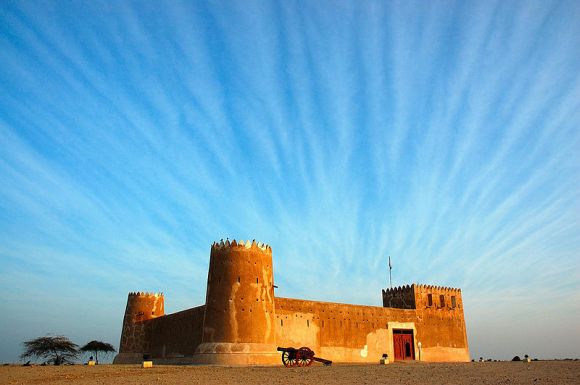
The walled coastal town of Al Zubarah in the Gulf flourished as a pearling and trading centre in the late 18th century and early 19thcenturies, before it was destroyed in 1811 and abandoned in the early 1900s, the report stated.
"Founded by merchants from Kuwait, Al Zubarah had trading links across the Indian Ocean, Arabia and Western Asia. A layer of sand blown from the desert has protected the remains of the site's palaces, mosques, streets, courtyard houses, and fishermen's huts; its harbour and double defensive walls, a canal, walls, and cemeteries," the report added.
Please click NEXT to find out the other latest entrants...
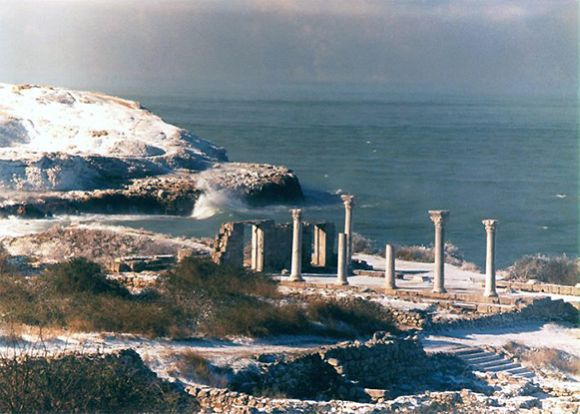
The site features the remains of a city founded by Dorian Greeks in the 5th century BC on the northern shores of the Black Sea. It encompasses six component sites with urban remains and agricultural lands divided into several hundreds of chora, rectangular plots of equal size, the report stated.
"The site features several public building complexes and residential neighbourhoods, as well as early Christian monuments alongside remains from Stone and Bronze Age settlements; Roman and medieval tower fortifications and water supply systems; and exceptionally well-preserved examples of vineyard planting and dividing walls. In the 3rd century AD, the site was known as the most productive wine centre of the Black Sea and remained a hub of exchange between the Greek, Roman and Byzantine Empires and populations north of the Black Sea. It is an outstanding example of democratic land organization linked to an ancient polis, reflecting the city's social organisation," the report added.
Please click NEXT to find out the other latest entrants...
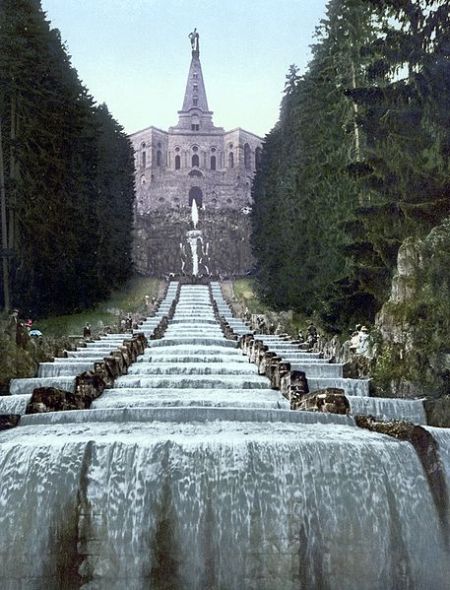
Descending a long hill dominated by a giant statue of Hercules, the monumental water displays of Wilhelmshohe were begun by Landgrave Carl of Hesse-Kassel in 1689 around an east-west axis and were developed further into the 19th century.
Reservoirs and channels behind the Hercules monument supply water to a complex system of hydro-pneumatic devices that supply the site's large Baroque water theatre, grotto, fountains and 350-metre long Grand Cascade, the report stated.
"Beyond this, channels and waterways wind across the axis, feeding a series of dramatic waterfalls and wild rapids, the geyser-like Grand Fountain which leaps 50m high, the lake and secluded ponds that enliven the Romantic garden created in the 18th century by Carl's great-grandson, Elector Wilhelm I," the report added.
Please click NEXT to find out the other latest entrants...

The cultural landscape of Honghe Hani Rice Terraces, China covers 16,603-hectares in Southern Yunnan. It is marked by spectacular terraces that cascade down the slopes of the towering Ailao Mountains to the banks of the Hong river.
"Over the past 1,300 years, the Hani people have developed a complex system of channels to bring water from the forested mountaintops to the terraces. They have also created an integrated farming system that involves buffalos, cattle, ducks, fish and eel and supports the production of red rice, the area's primary crop," the report stated.
Please click NEXT to find out the other latest entrants...
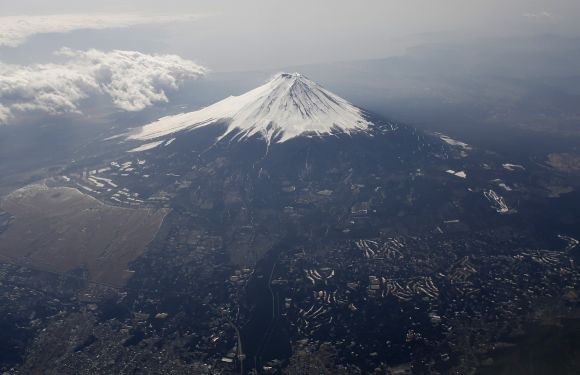
The beauty of the solitary, often snow-capped, stratovolcano, known around the world as Mount Fuji, rising above villages and tree-fringed sea and lakes has long inspired artists and poets and been the object of pilgrimages. Its representation in Japanese art goes back to the 11th century but 19th century wood block prints have made Fujisan become an internationally recognised icon of Japan and have had a deep impact on the development of Western art.
"The inscribed property consists of 25 sites which reflect the essence of Fujisan's sacred landscape. In the 12th century, Fujisan became the centre of training for ascetic Buddhism, which included Shinto elements. On the upper 1,500-metre tier of the 3,776m mountain, pilgrim routes and crater shrines have been inscribed alongside sites around the base of the mountain including Sengen-jinja shrines, Oshi lodging houses, and natural volcanic features such as lava tree moulds, lakes, springs and waterfalls, which are revered as sacred," the report stated.
Please click NEXT to find out the other latest entrants...
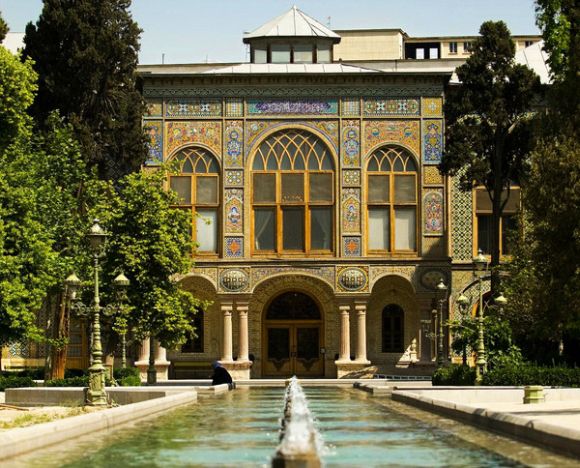
The lavish Golestan Palace is a masterpiece of the Qajar era, embodying the successful integration of earlier Persian crafts and architecture with Western influences. The walled Palace, one of the oldest groups of buildings in Teheran, became the seat of government of the Qajar family, which came into power in 1779 and made Teheran the capital of the country, the report stated.
"Built around a garden featuring pools as well as planted areas, the palace's most characteristic features and rich ornaments date from the 19th century. It became a centre of Qajari arts and architecture of which it is an outstanding example and has remained a source of inspiration for Iranian artists and architects to this day. It represents a new style incorporating traditional Persian arts and crafts and elements of 18th century architecture and technology," the report added.
Please click NEXT to find out the other latest entrants...
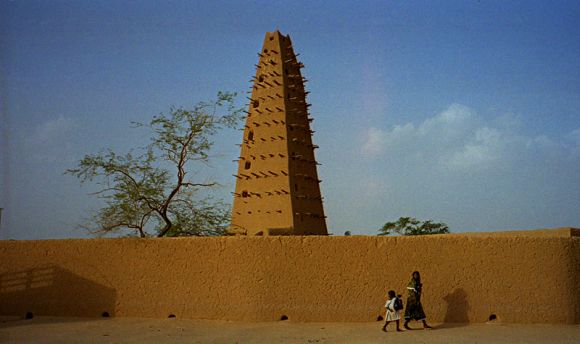
Known as the gateway to the desert, Agadez, on the southern edge of the Sahara desert, developed in the 15th and 16th centuries when the Sultanate of Air was established and Touareg tribes were sedentarised in the city, respecting the boundaries of old encampments, which gave rise to a street pattern still in place today, the report stated.
The historic centre of the city, an important crossroads of the caravan trade, is divided into 11 quarters with irregular shapes. They contain numerous earthen dwellings and a well-preserved group of palatial and religious buildings including a 27m high minaret made entirely of mud brick, the highest such structure in the world. The site is marked by ancestral cultural, commercial and handicraft traditions still practiced today and presents exceptional and sophisticated examples of earthen architecture, the report added.
Please click NEXT to find out the other latest entrants...
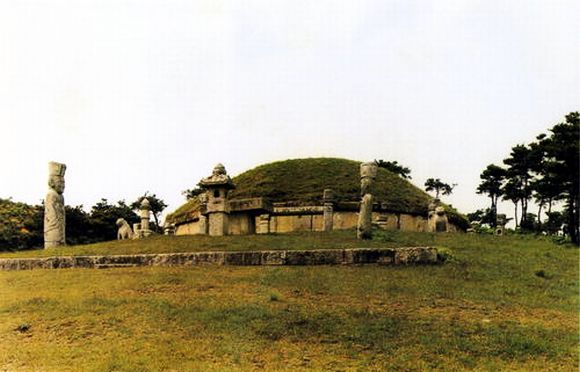
Situated in Kaesong city, in the south of North Korea, the site consists of 12 separate components, which together testify to the history and culture of the Koryo dynasty from the 10th to 14th centuries.
"The geomantic layout of the former capital city of Kaesong, its palaces, institutions and tomb complex, defensive walls and gates embody the political, cultural, philosophical and spiritual values of a crucial era in the region's history. The monuments inscribed also include an astronomical and meteorological observatory, two schools (including one dedicated to educating national officials) and commemorative steles," the report stated.
Please click NEXT to find out the other latest entrants...
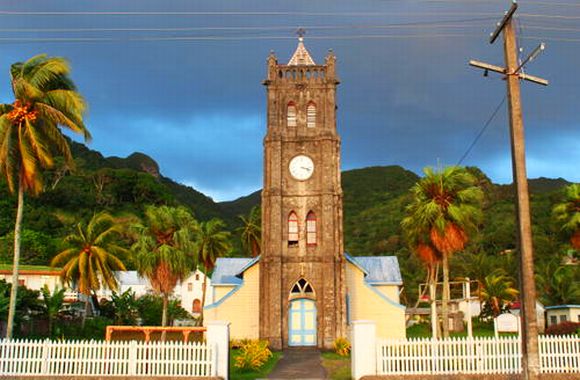
The historical port town of Levuka and its low line of buildings set among coconut and mango trees along the beach front was the first colonial capital of Fiji, ceded to the British in 1874.
"It developed from the early 19th century as a centre of commercial activity by Americans and Europeans who built warehouses, stores, port facilities, residences, and religious, educational and social institutions around the villages of the South Pacific island's indigenous population. It is a rare example of a late colonial port town that was influenced in its development by the indigenous community which continued to outnumber the European settlers," the report stated.
"Thus the town, an outstanding example of late 19th century Pacific port settlements, reflects the integration of local building traditions by a supreme naval power, leading to the emergence of a unique landscape," the report added.
Please click NEXT to find out the other latest entrants...
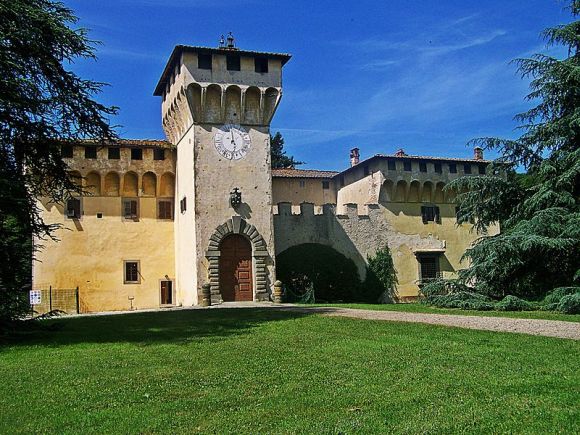
Twelve villas and two pleasure gardens spread across the Tuscan country side make up this site which bears testimony to the influence the Medici family exerted over modern European culture through its patronage of the arts. Built between the 15th and 17th centuries, they represent an innovative system of rural construction in harmony with nature and dedicated to leisure, the arts and knowledge, the report stated.
"The villas embody an innovative form and function, a new type of princely residence that differed from both the farms owned by rich Florentines of the period and from the military might of baronial castles. The Medici villas form the first example of the connection between habitat, gardens, and the environment and became an enduring reference for princely residences throughout Italy and Europe. Their gardens and integration into the natural environment helped develop the appreciation of landscape characteristic Humanism and the Renaissance," the report added.
Please click NEXT to find out the other latest entrants...
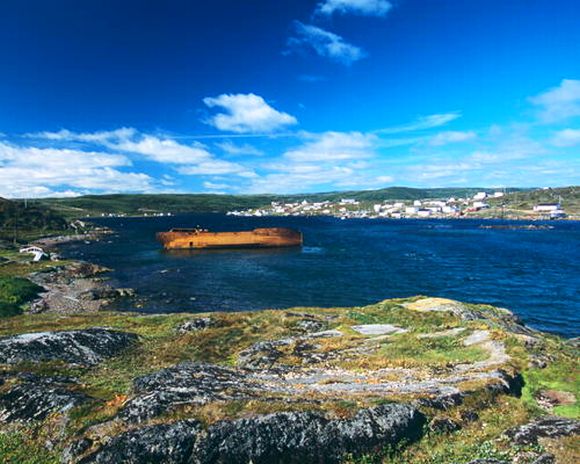
Red Bay, established by Basque mariners in the 16th century at the north-eastern tip of Canada on the shore of the Strait of Belle Isle is an archaeological site that provides the earliest, most complete and best preserved testimony of the European whaling tradition. Gran Baya, as it was called by those who founded the station in 1530s, was used as a base for coastal hunting, butchering, rendering of whale fat by heading to produce oil and storage. It became a major source of whale oil which was shipped to Europe where it was used for lighting, the report stated.
"The site, which was used in the summer months, includes remains of rendering ovens, cooperages, wharves, temporary living quarters and a cemetery, together with underwater remains of vessels and whale bone deposits. The station was used for some 70 years, before the local whale population was depleted," the report added.
Please click NEXT to find out the other latest entrants...
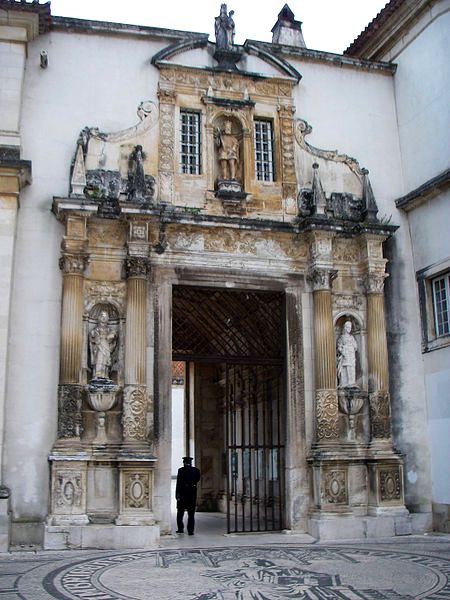
Situated on a hill overlooking the city, the University of Coimbra with its colleges grew and evolved over more than seven centuries within the old town. Notable university buildings include the 12th century Cathedral of Santa Cruz and a number of 16th century colleges, the Royal Palace of Alcacova, which has housed the University since 1537, the Joanine Library with its rich baroque decor, the 18th century Botanical Garden and University Press, as well as the large "University City" created during the 1940s, the report stated.
Please click NEXT to find out the other latest entrants...
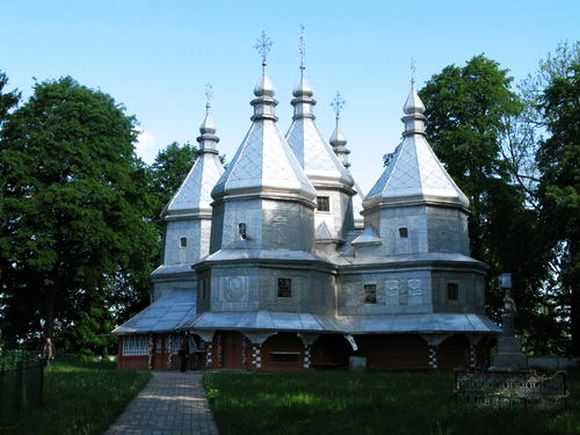
Situated in the eastern fringe of eastern Europe, the transnational property numbers a selection of 16 tserkvas, churches, built of horizontal wooden logs between the 16th and 19th centuries by communities of the Eastern Orthodox and Greek Catholic faiths, the report stated.
"They represent the cultural expression of four ethnographic groups and the formal, decorative and technical characteristics they developed over time. The tserkvas bear testimony to a distinct building tradition rooted in Orthodox ecclesiastic design interwoven with elements of local tradition, and symbolic references to their communities' cosmogony," the report added.
Please click NEXT to find out the other latest entrants...

The 714,566 hectare site comprises two distinct parts: the dormant volcanic Pinacate Shield of black and red lava flows and desert pavements to the east, and, in the west, the Gran Altar Desert with its ever changing and varied sand dunes that can reach a height of 200 metres.
"This landscape of dramatic contrast notably features linear, star and dome dunes as well as several arid granite massifs, some as high as 650 metres. The dunes emerge like islands from the sea of sand and harbour distinct and highly diverse plant and wildlife communities, including endemic freshwater fish species and the endemic Sonoran Pronghorn, which is only to be found in northwestern Sonora and in southwestern Arizona (USA)", the report stated.
Please click NEXT to find out the other latest entrants...
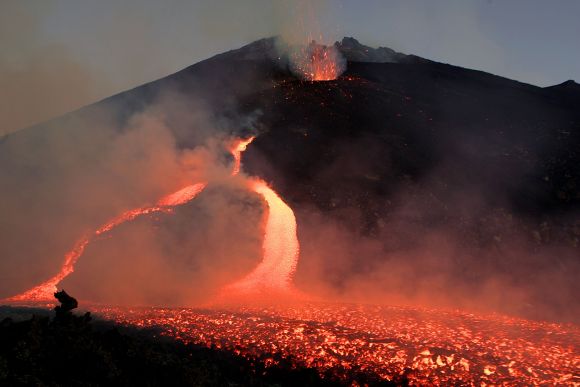
Mount Etna is an iconic site encompassing 19,237 uninhabited hectares on the highest part of Mount Etna, on the eastern coast of Sicily. Mount Etna is the highest Mediterranean island mountain and the most active stratovolcano in the world.
"The eruptive history of the volcano can be traced back 500,000 years and at least 2,700 years of this activity has been documented. The almost continuous eruptive activity of Mount Etna continues to influence volcanology, geophysics and other Earth science disciplines. The volcano also supports important terrestrial ecosystems including endemic flora and fauna and its activity makes it a natural laboratory for the study of ecological and biological processes," the report added.
Please click NEXT to find out the other latest entrants...
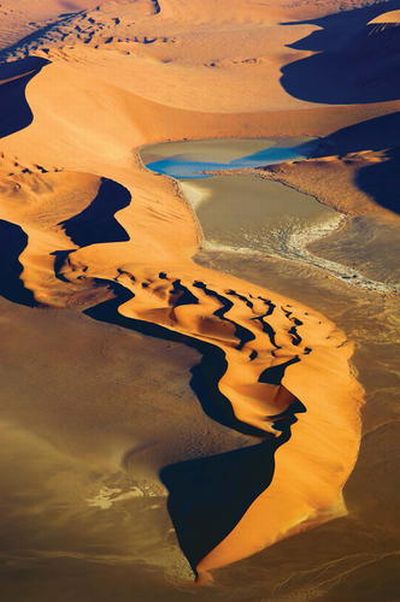
Namib sand sea is the only coastal desert in the world that includes extensive dune fields influenced by fog.
"Covering an area of over three million hectares and a buffer zone of 899,500 hectares, the site is composed of two dune systems, an ancient semi-consolidated one overlain by a younger active one. It features gravel plains, coastal flats, rocky hills, inselbergs within the sand sea, a coastal lagoon and ephemeral rivers, resulting in a landscape of exceptional beauty," the report added.
Please click NEXT to find out the other latest entrants...
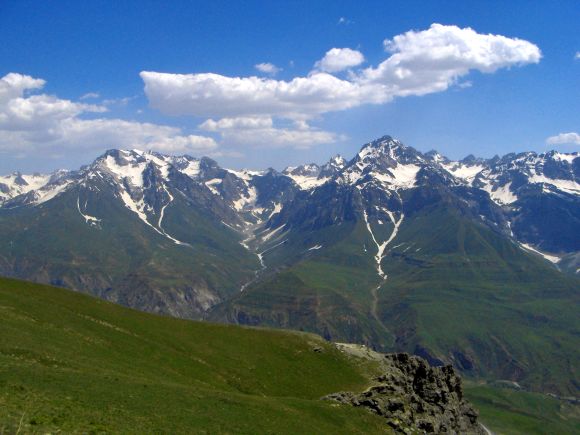
Tajikistan National Park covers more than 2.5 million hectares in the east of the country, at the centre of the so-called "Pamir Knot", a meeting point of the highest mountain ranges on the Eurasian continent.
"It consists of high plateaux in the east and, to the west, rugged peaks, some of them over 7,000 meters high, and features extreme seasonal variations of temperature. The longest valley glacier outside the Polar region is located among the 1,085 glaciers inventoried in the site, which also numbers 170 rivers and more than 400 lakes," the report added.
Please click NEXT to find out the other latest entrants...
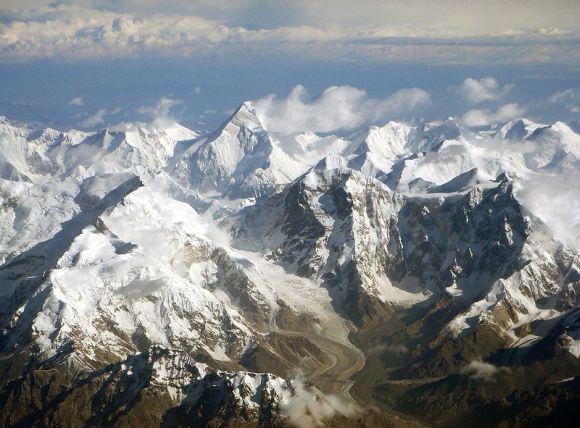
Xinjiang Tianshan comprises four components -- Tomur, Kalajun-Kuerdening, Bayinbukuke and Bogda -- that total 606,833 hectares.
"They are part of the Tianshan mountain system of Central Asia, one of the largest mountain ranges in the world. Xinjiang Tianshan presents unique physical geographic features and scenically beautiful areas including spectacular snow and snowy mountains glacier-capped peaks, undisturbed forests and meadows, clear rivers and lakes and red bed canyons," the report stated.
...